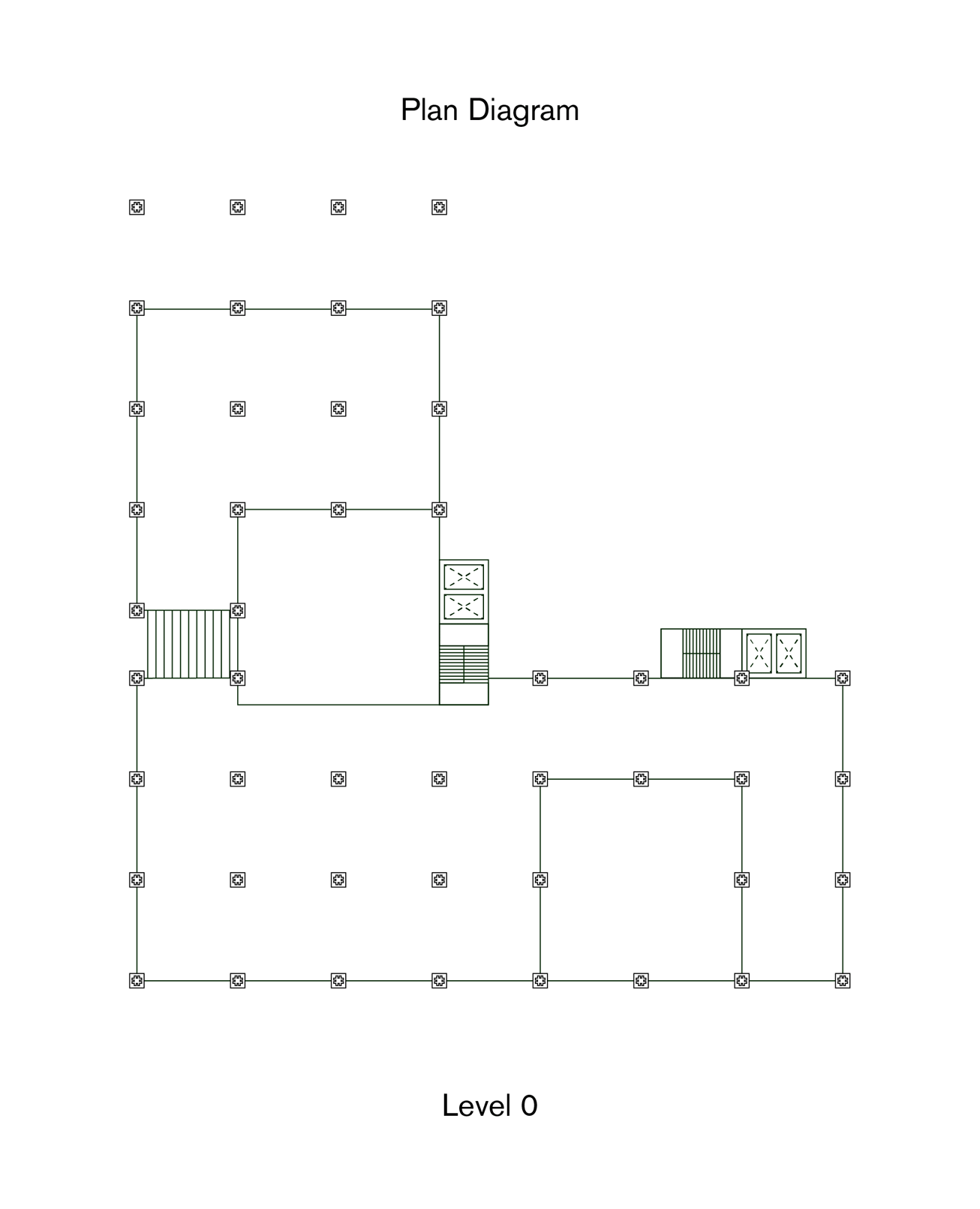Plug-in School
The Plug-in School starts inside-out as the core becomes the facade and an urban membrane where the activities that keep a school “afloat” are incorporated within. The curriculum, inspired by Turkish Village Institutes, requires each student to undertake 2 weeks of apprenticeship where they work and learn from the school’s “masters” who cook, clean, and operate.
Instead of defining floors as continuous planar surfaces, volumes that define the classrooms also connect different spaces together. Rather than stacking one classroom on top of another, classrooms are as varied in typology as diverse pedagogical needs of vast number of classes offered within the school. This manipulation activates ceilings to act as ramps, walls as floors, facade as building core.

This school examines the importance of practices that keep society afloat, as it reflects upon in the curriculum, as the classrooms dissolve itself into the East side of Manhattan.
Graduate School of Architecture, Planning and Preservation
In collaboration with Andrew Chee.